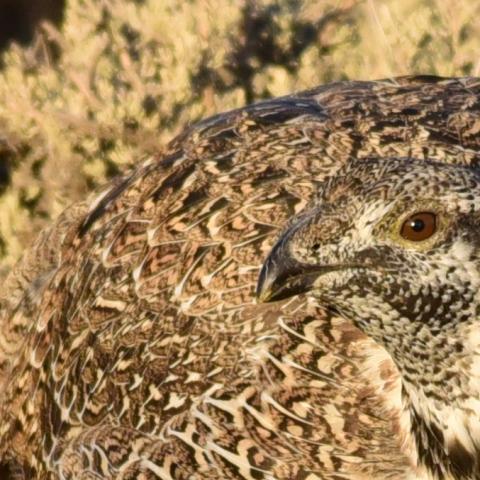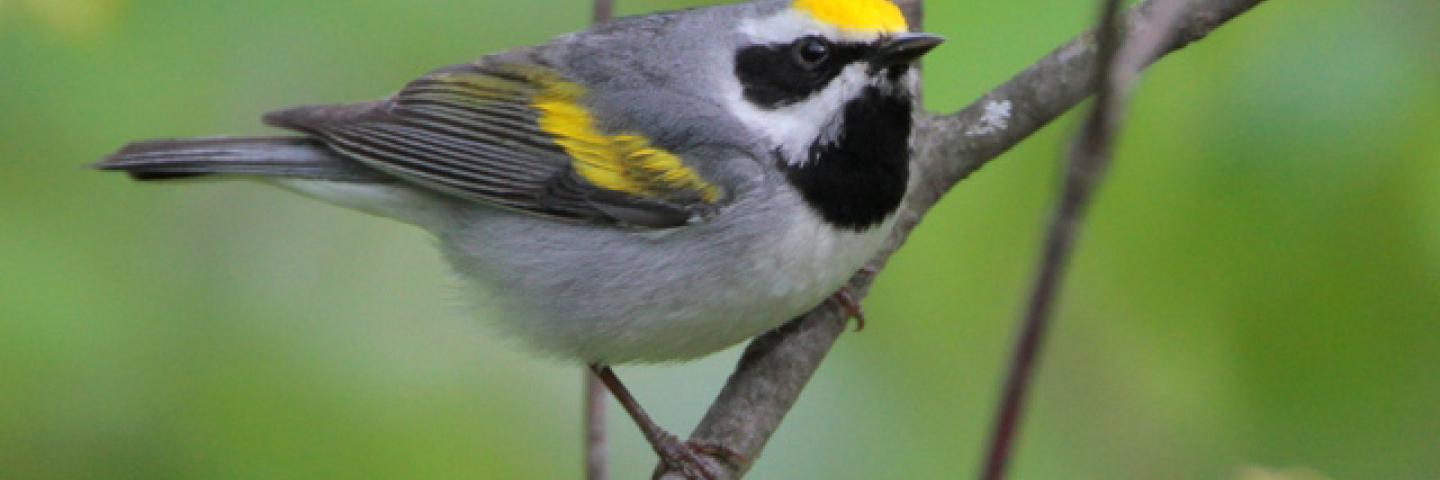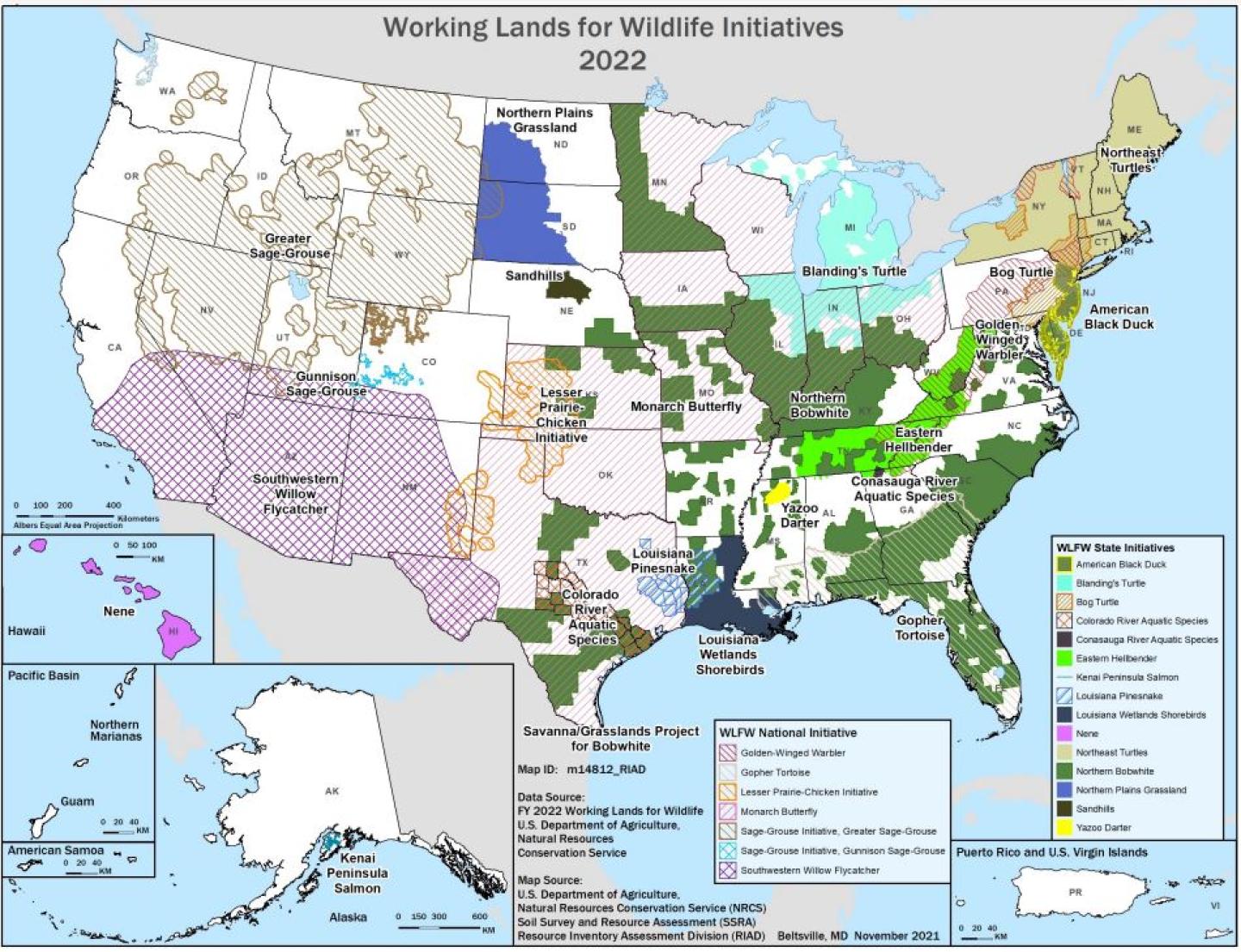
News

Through Working Lands for Wildlife (WLFW), USDA uses a win-win approach to systematically target conservation efforts to improve agricultural and forest productivity which enhance wildlife habitat on working landscapes.
Through the Farm Bill, NRCS provides technical and financial assistance to participants who voluntarily make improvements to their working lands while the US Fish and Wildlife Service (FWS) provides participants with regulatory predictability for the Endangered Species Act (ESA) when needed. This innovative approach empowers landowners with a means to make on-the-ground improvements and provides peace of mind that no matter the legal status of a species, they can keep their working lands working.
This model has proven extremely popular with private landowners across the United States. More than 8,400 producers teamed up under WLFW and conserved nearly 12 million acres of wildlife habitat since 2010, an area more than five times the size of Yellowstone National Park. WLFW has helped many species such as the greater sage-grouse in the West and the New England cottontail in the Northeast. For both of these species — in large part because of voluntary conservation efforts on private lands — the FWS determined listing under ESA was not warranted. Beginning in 2017, NRCS expanded this model, which now includes 48 states.
In 2021-2022, a multi-state, areawide planning team produced the first biome-scale frameworks for wildlife conservation in the Great Plains grasslands, western sagebrush country, and for the Central and Eastern grasslands and savannas within 25 states in the northern bobwhite range.
These frameworks for conservation action capture the science documenting the threats to biomes and the wildlife that are part of them, the conservation actions that NRCS can support to address these threats and benefit producers, and the NRCS goals for implementing these actions over time.
The WLFW model builds on lessons learned in conservation over the years and includes:
Regulatory Predictability: Through WLFW, NRCS partners with the U.S. Fish and Wildlife Service to provide regulatory predictability under the Endangered Species Act. Similar to an insurance policy, predictability provides landowners with peace of mind that no matter the legal status of a species, they can keep their working lands working with an NRCS conservation plan in place.

WLFW is currently active in 48 states. Eight national and 14 state-identified initiatives are used to focus individual projects that meet both the needs of the species as well as those of the agricultural operations. Individual species are used as barometers for healthy, functioning landscapes where conservation efforts also benefit a multitude of additional species as well.
Conservation efforts on private lands are making a difference across the country, from the sagebrush country of the West to the forests of Appalachia. For these stories and many more, download the agency’s WLFW magazine:
Subscribe to receive periodic email updates on wildlife-related news.
Mark Defley, (202) 690-1414; Tim Griffiths, (406) 600-3908; Bridgett Costanzo, (757) 817-5803
Contact your local service center to start your application.
Do you farm or ranch and want to make improvements to the land that you own or lease?
Natural Resources Conservation Service offers technical and financial assistance to help farmers, ranchers and forest landowners.

To get started with NRCS, we recommend you stop by your local NRCS field office. We’ll discuss your vision for your land.
NRCS provides landowners with free technical assistance, or advice, for their land. Common technical assistance includes: resource assessment, practice design and resource monitoring. Your conservation planner will help you determine if financial assistance is right for you.
We’ll walk you through the application process. To get started on applying for financial assistance, we’ll work with you:
Once complete, we’ll work with you on the application, or CPA 1200.
Applications for most programs are accepted on a continuous basis, but they’re considered for funding in different ranking periods. Be sure to ask your local NRCS district conservationist about the deadline for the ranking period to ensure you turn in your application in time.
As part of the application process, we’ll check to see if you are eligible. To do this, you’ll need to bring:
If you don’t have a farm number, you can get one from USDA’s Farm Service Agency. Typically, the local FSA office is located in the same building as the local NRCS office. You only need a farm number if you’re interested in financial assistance.
NRCS will take a look at the applications and rank them according to local resource concerns, the amount of conservation benefits the work will provide and the needs of applicants. View Application Ranking Dates by State.
If you’re selected, you can choose whether to sign the contract for the work to be done.
Once you sign the contract, you’ll be provided standards and specifications for completing the practice or practices, and then you will have a specified amount of time to implement. Once the work is implemented and inspected, you’ll be paid the rate of compensation for the work if it meets NRCS standards and specifications.